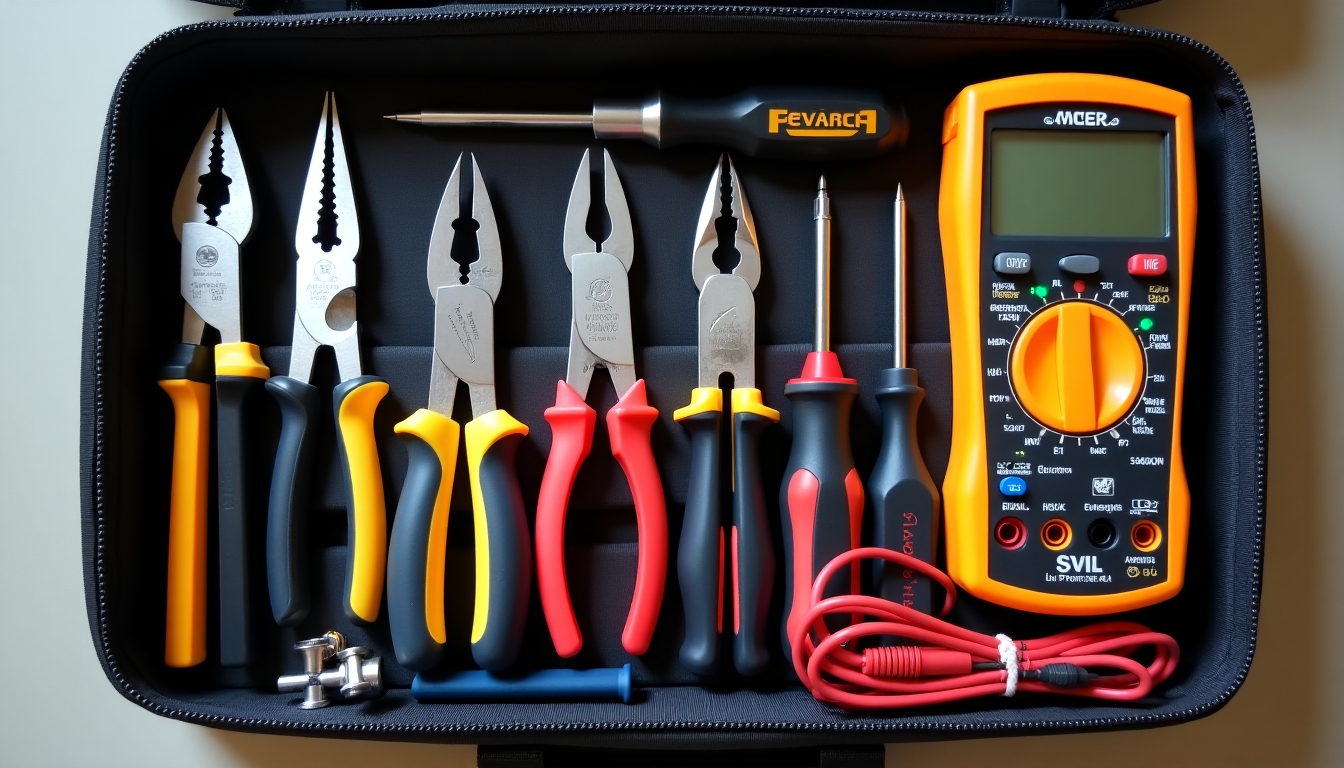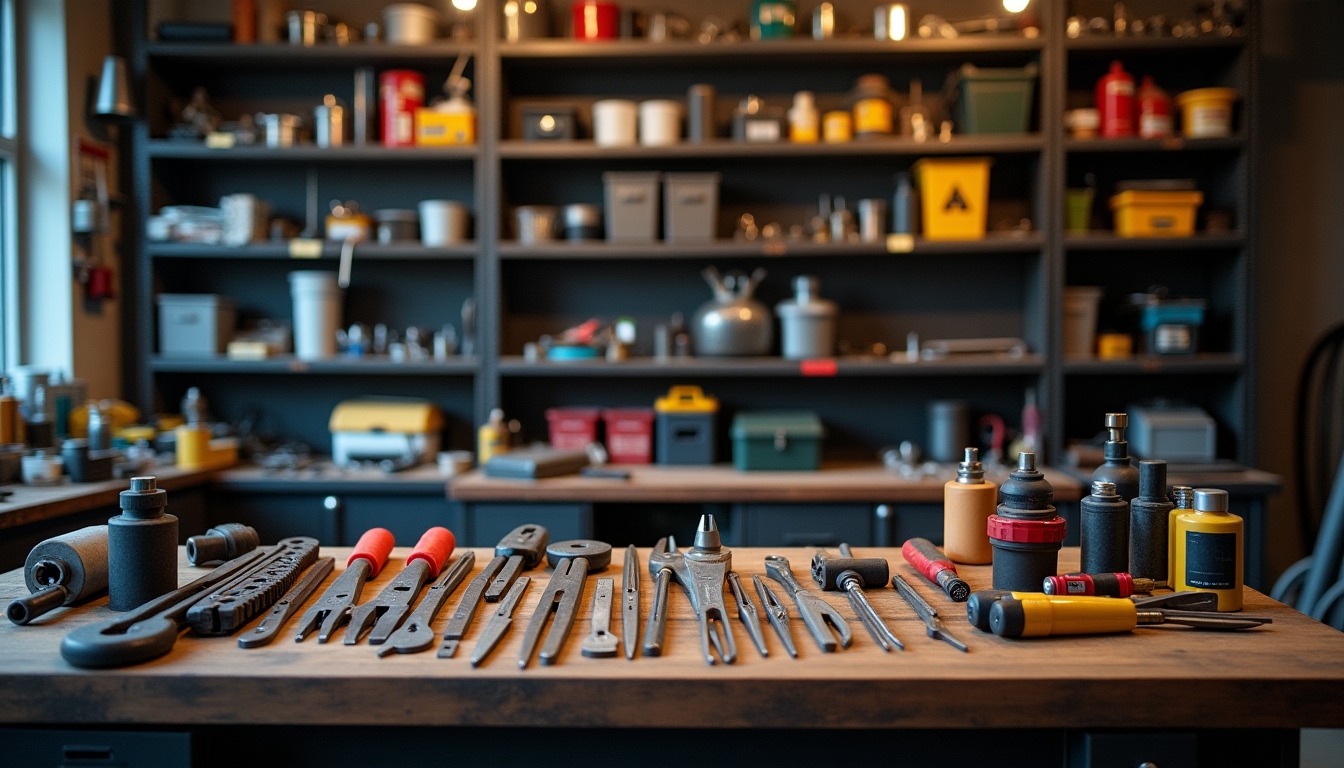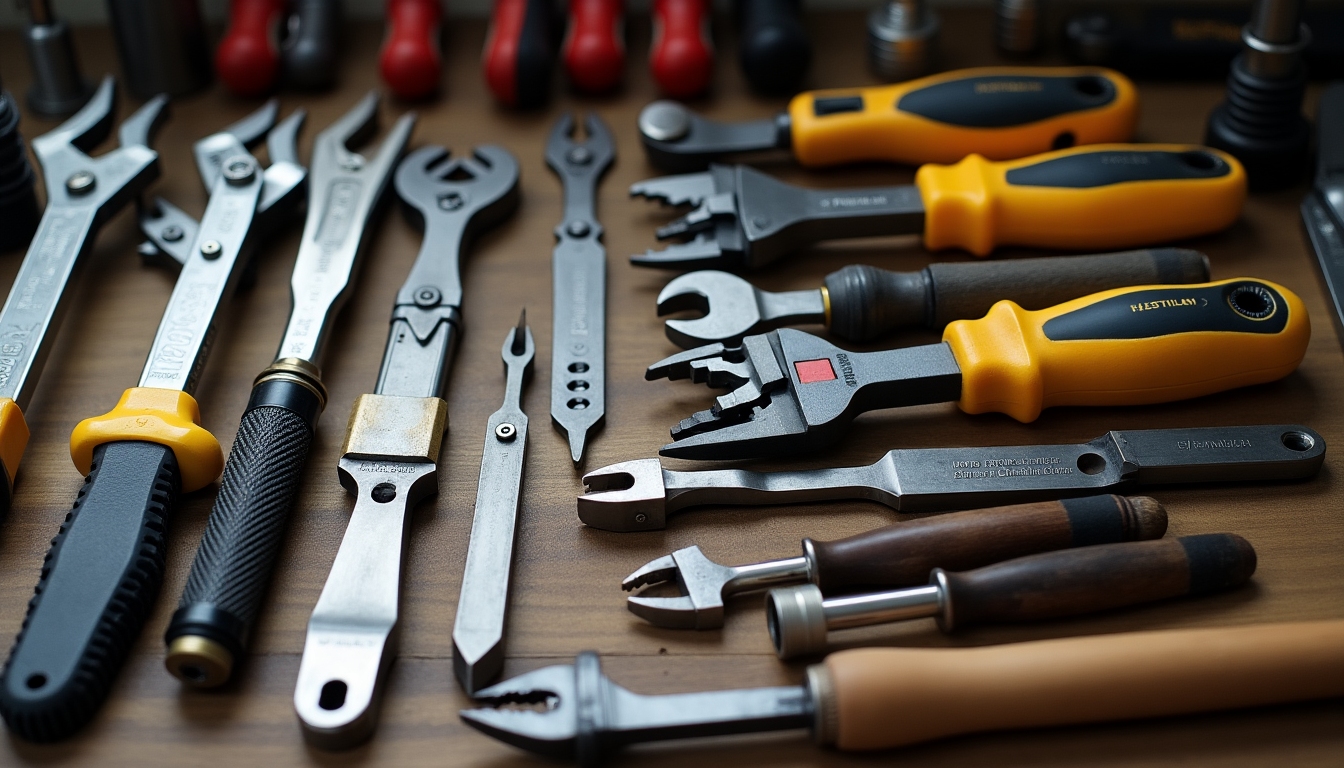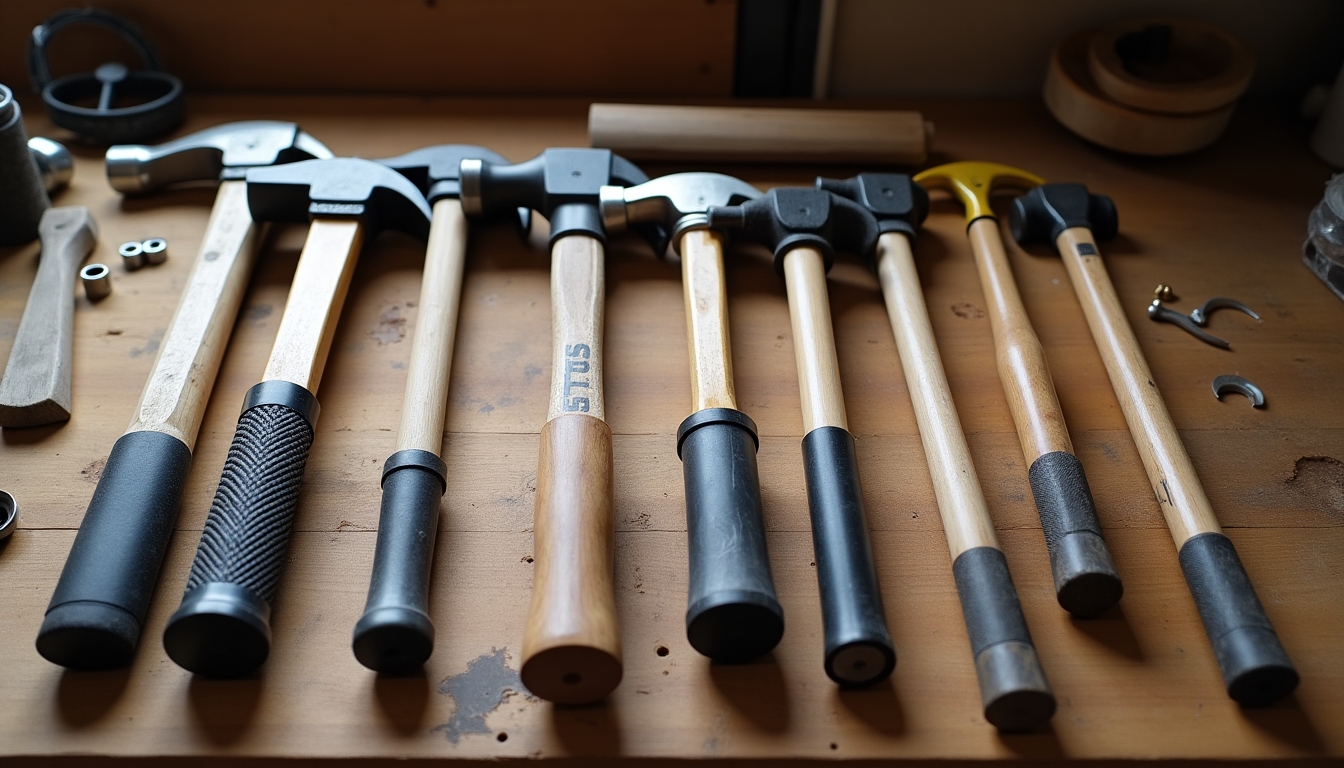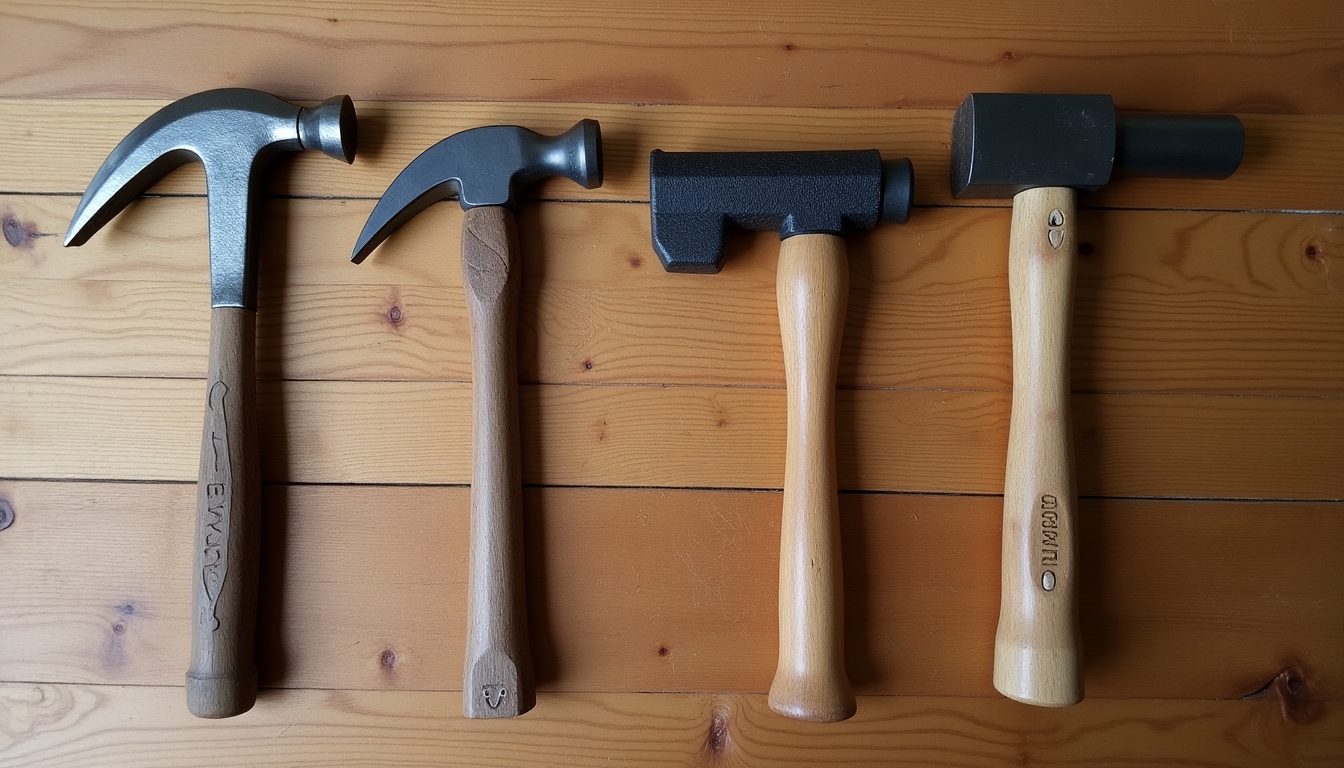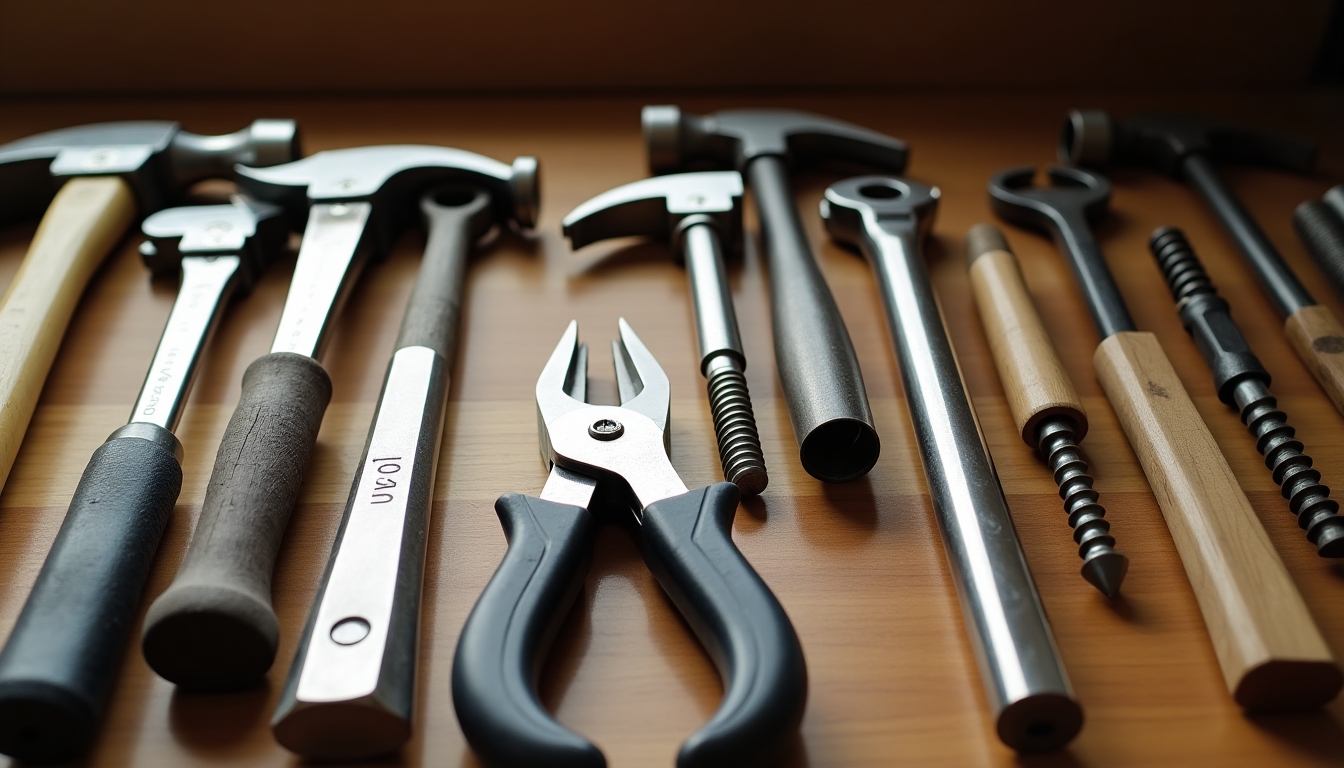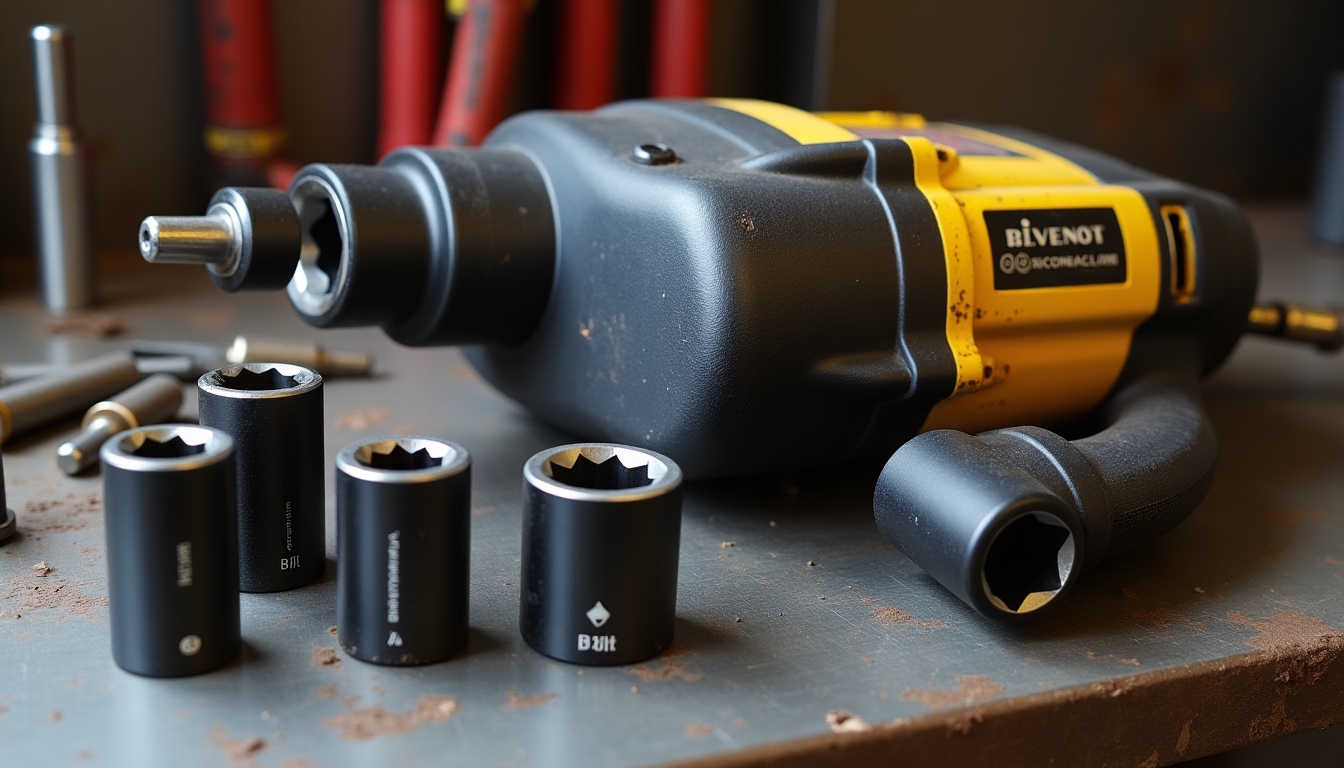Overview
Maintaining your tools not only extends their lifespan but ensures efficient performance. Discover our top tool maintenance and care tips to keep your tool sets in prime condition.

Understanding Tool Maintenance
Tool maintenance might seem daunting, but with a few simple steps, you can protect your investment and enhance your tools' functionality. Proper care prevents rust, breaks, and wear, keeping your workman tools ready for any task.
Essential Tool Maintenance and Care Tips
1. Clean After Every Use
Cleaning your tools after each use is vital. Dirt, debris, and moisture can cause significant damage over time. A simple wipe with a clean, dry cloth can prevent many issues.
- Tip: Use a mild cleaner for stubborn dirt and ensure tools are completely dry to avoid rust.
2. Regular Inspection
Check your tool sets regularly for signs of wear and tear. Look for rust, broken parts, or loose screws, which could hamper performance if left unchecked.
3. Proper Storage
Storing tools in a dry, safe place is crucial. Humidity can lead to rust, while improper storage might result in damage or loss.
- Tip: Use a toolbox or a storage cabinet to keep tools organized and protected.
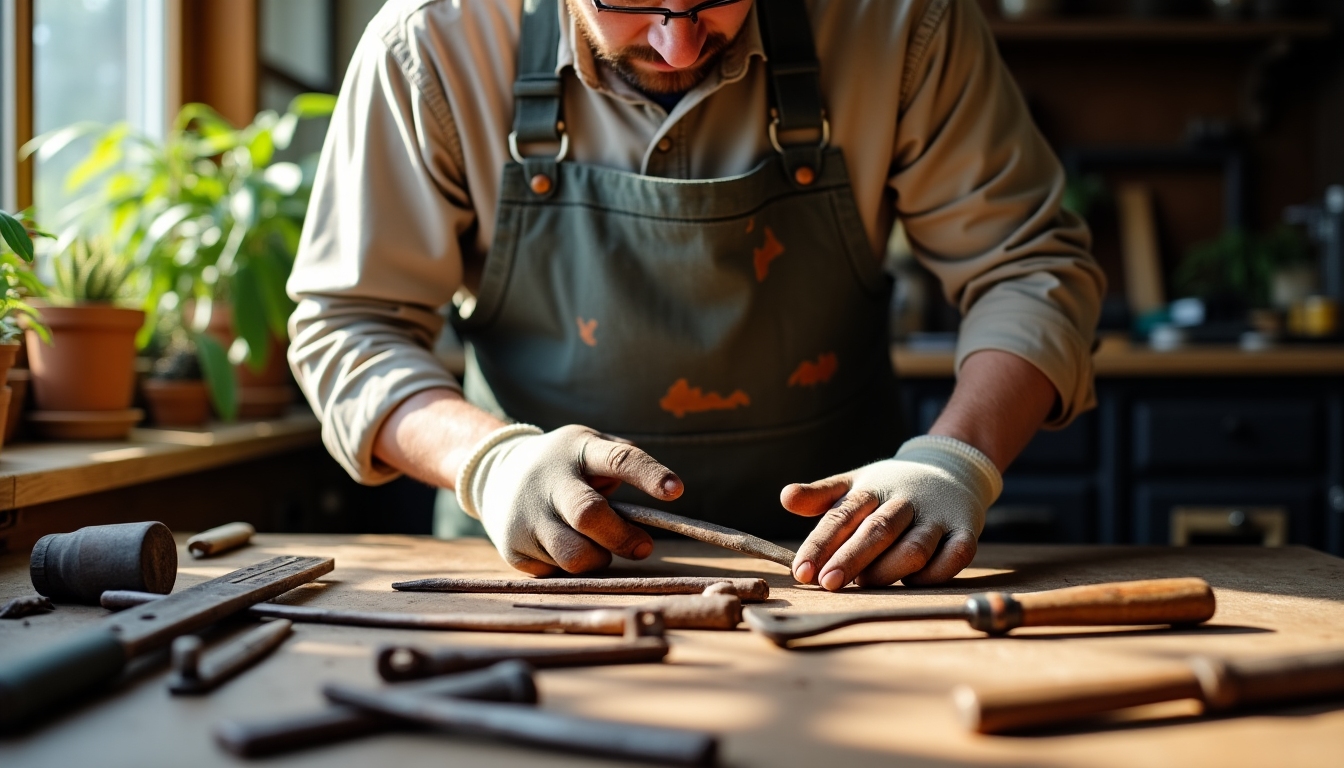
Personal Insights into Tool Care
From years of experience, I’ve learned that investing a little time in routine checks can save costly repairs or replacements. My favorite tool sets see frequent use, and these checks have kept them in top shape for over a decade.
Whenever I finish a project, I allocate a few minutes to clean and inspect my tools. This not only helps maintain their condition but also ensures I’m ready for the next project instantly.

Advanced Maintenance Tips
4. Lubricating Moving Parts
Tools like wrenches and pliers benefit from lubrication. It reduces friction between moving parts, allowing them to operate smoothly.
- How-To: Apply a few drops of oil to the joints and wipe off excess to prevent build-up.
5. Sharpening Blades
For tools with blades, sharpness is crucial for safety and effectiveness. Regularly sharpen saw blades, cutters, and chisels.
- Tip: Use a sharpening stone or a file to maintain a fine edge.
6. Tightening Connections
Loose screws and bolts can make tools unsafe. Always check for and tighten any loose connections before using a tool.
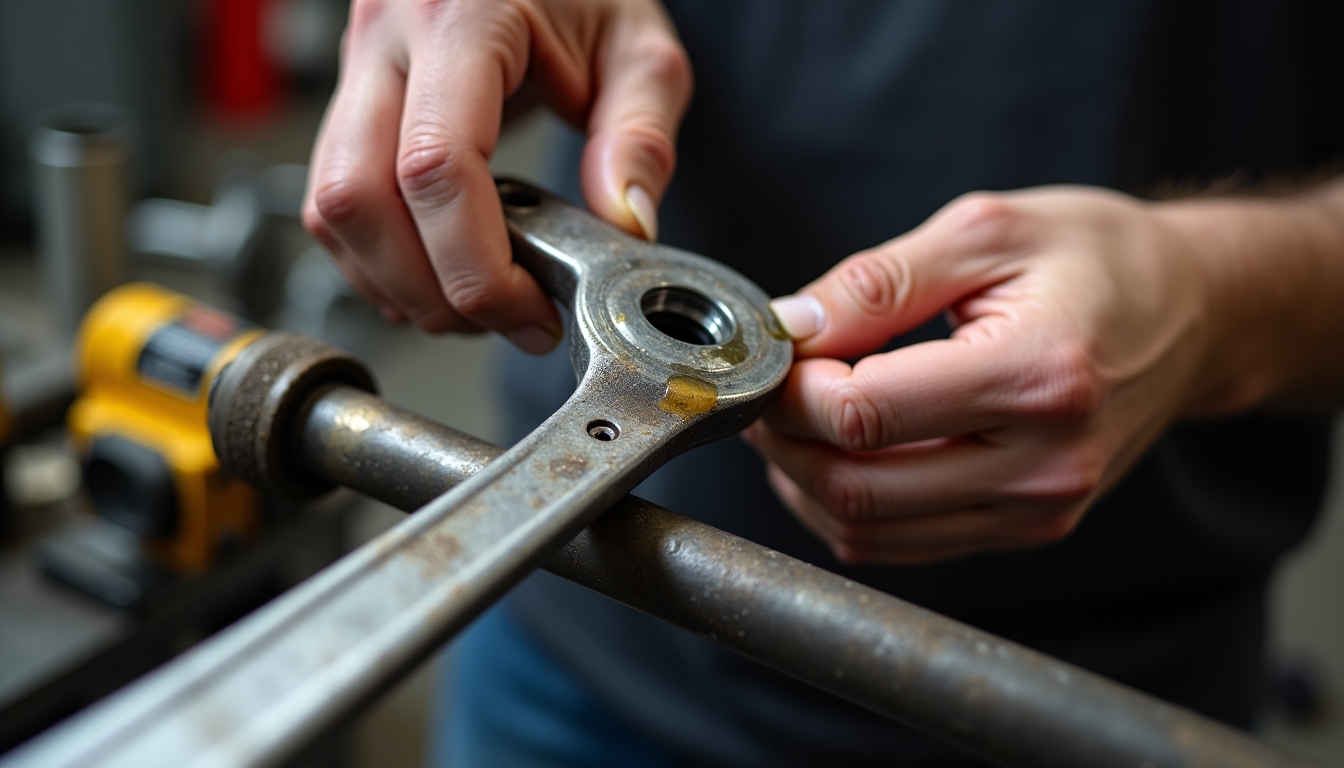
Simplifying Tool Organization
A well-organized toolset not only speeds up work but maintains tool quality. Arrange tools systematically in a toolbox or wall panel to quickly find what you need while keeping them safe.
Using shadow boards can greatly assist in maintaining order, ensuring that each tool has a designated spot and is visible at a glance.
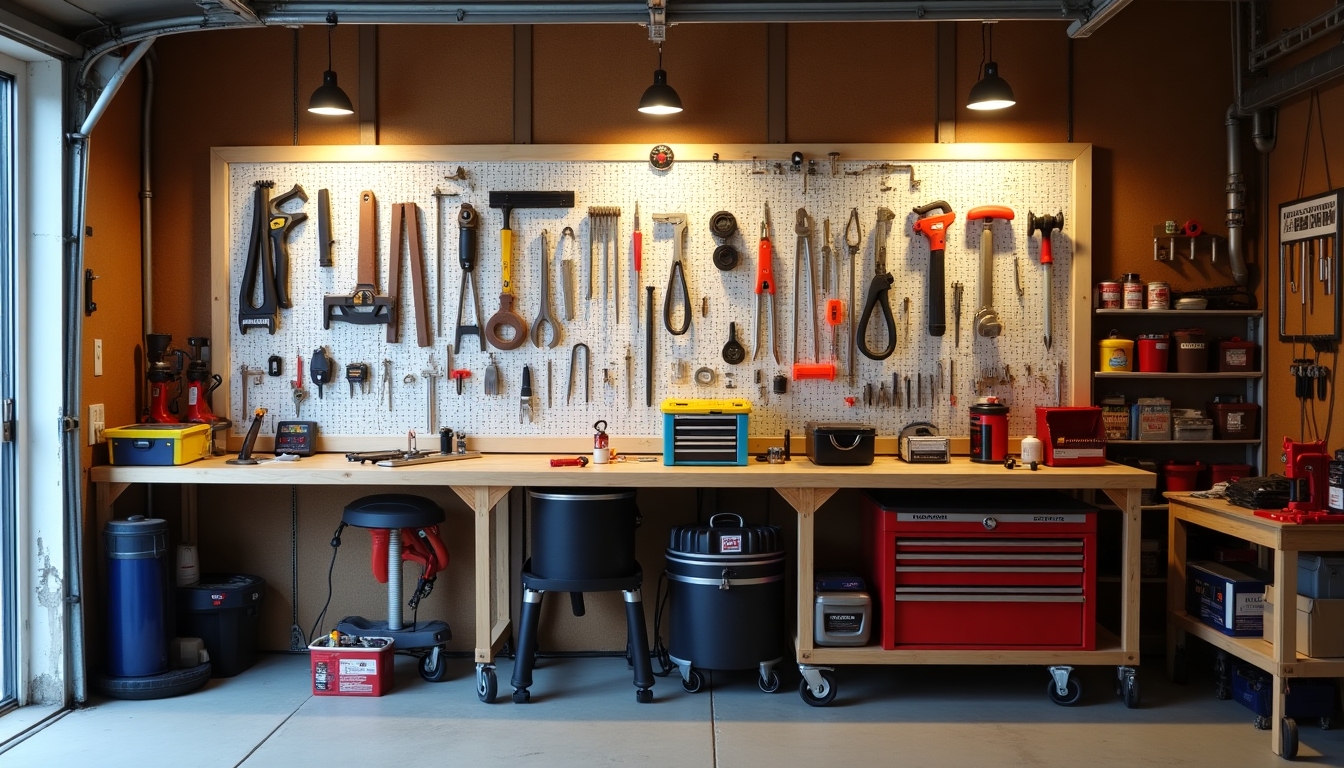
Conclusion: Why Tool Maintenance Matters
Consistent tool maintenance and care tasks are the cornerstone of any effective workshop. By following these tips, you not only prolong the life of your workman tools but also ensure that every job you undertake is executed with precision and efficiency.
Related tool maintenance and care tips:
- Choosing the Right Hammer for Your Projects
- The Essential Guide to Electrical Tools
- Workman Tools for Automotive Repair
- Essential Screwdrivers for Mechanics
- Essential Tool Sets for Automotive Repairs
- Master Your Craft with Advanced Workman Tools for Professionals
- Understanding Hammer Dynamics and Ergonomics
- The Ultimate Guide to Power Tools for Beginners
- Mastering the Art of Using a Hammer Safely
- Comprehensive Guide to Workman Tools for Everyday Use
- The Ultimate Guide to Workman Tools for Professional Builders
- Ultimate Guide to Power Tools for Automotive Repair

